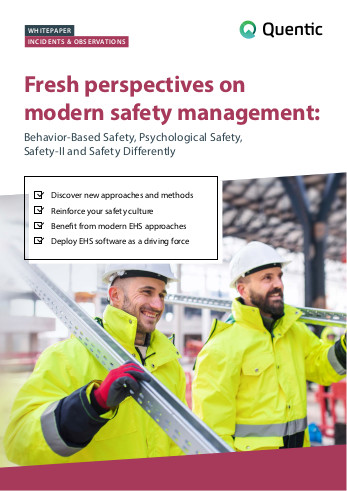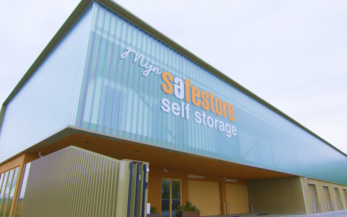4 minutes02/05/2021
Written by Timo Kronlöf
Have you ever wondered why leading companies set up near miss reporting? What’s the point in collecting reports about something that almost happened? If you have thought about it or you just began to think, keep reading.
First of all, the biggest reason to report near misses, safety observations or initiatives is to improve the current safety level. Safety management is often criticized for it’s methods to be hindsight. To be honest, very often the critique is actually earned if the only safety KPIs are lagging indicators such as TRIF (Total Recorded Incident Frequency) or LTIF (Lost Time Injury Frequency). It’s also typical to measure things like accident free days which in fact don’t measure safety level or performance at all. The lack of accidents don’t tell us anything about the work we do to improve safety and could just be pure luck.







